Arts or Crafts?
You may have noticed over the past couple of months that we have been sharing more open-ended craft ideas.
Figuring out a Reggio approach to crafts has been a challenge, mainly due to the lack of resources available on the topic.
It’s really easy as someone who identifies with Montessori and Reggio, to become anti-craft and eschew all craft-like activities, but to do so would be to deprive our children of another element of art appreciation.
The issue that many Montessori and Reggio teachers (and parents) have with crafts is that many are product-oriented, and do not allow for personal exploration and expression. An adult chooses an end product that looks cute, and the kids have to follow a strict set of steps (some that might not be age-appropriate) to achieve a uniform-looking result.
However, it doesn’t have to be this way.
Crafts can be wonderful invitations for:
- Following directions, either from a parent/teacher, or a book. Crafts are actually a great option for children who are resistant to listening to instruction in other areas, and some kids will be so impressed with their parents for knowing how to make an awesome craft. (Easy science experiments are also great for this.)
- Learning new skills, like folding paper, cutting with scissors, or threading beads can be less intimidating when set within a fun craft invitation.
- Understanding sequencing (a math concept) is made so much more understandable (and important!) when in a craft that relies on a set sequence to actually turn out properly.
- Having fun with a new (academic) concept — a huge emphasis in our “sss is for sounds” series, which uses the Orton-Gillingham approach, is doing crafts that involve the shape of a letter in making something that uses that letter sound.
- Developing or improving specific fine motor skills by giving crafts that need to use a specific skill to achieve the end product — like cutting, lacing, or patterning.
- Understanding modeling and 3-D planning, especially when children know what the end product is and are working toward that without exact instructions, but even when children are guided through the entire process, they develop an understanding that all of these loose parts can be manipulated into a cohesive final product that looks completely different from it’s components.
- Trouble shooting and problem solving when parts aren’t working together, or they aren’t quite sure how to create a certain element in their final product. For example, figuring out which adhesive would work best with different materials, etc.
Further, crafts don’t need to result in uniform end-products. Open-ended crafts can encourage a process or sequence of steps, but allow children to design their end product and deviate from the intended sequence, if they desire.
For example, with our Peppermint Snow Globe Craft, many of the children decided to make snowmen, but they could have designed anything they wanted out of the peppermint salt dough. They had a sequence of steps that they had to follow to create their snow globe, and there was an intended “end product,” but each child’s globe was uniquely theirs and there was still a great deal of experimentation in the process.
They also had the opportunity to brainstorm and trouble-shoot when their snowmen were falling apart — some squished their snowballs together, while Ella asked to insert a toothpick through hers (which you can see in the picture below).
The biggest question I now ask myself when considering a craft project for the kids is, “what will they get out of it?”
It is so easy to be overcome by the cuteness of a Pinterest picture (that lead to blog posts written by real people), but if I end up doing the majority of the craft, if the process is boring or stifling to the children, or if the idea is more exciting to me than it is to them, then that craft is not a good fit.
I also think crafts can help a parent who really struggles with mess or providing open-ended invitations. Crafts would allow parents a set starting point to begin the process of allowing experimentation, and they will slowly start seeing what processes their children enjoy, so they could eventually start providing open-ended provocations with confidence.
Crafts can also be really good options for capable children who struggle with feeling validated in open-ended art invitations, and you could eventually skew the craft opportunities to have an increasing “art” focus. (I also really like Peter H Reynold’s book Ish for encouraging confidence with art experimentation.)
Whenever I find (or make) a great process-based kid’s craft (or at least something that can be modified to fit my picky criteria) I add it to my Crafty Kids pinboard — make sure to follow it!
I’m also aiming to share a craft or provocation every week here on Sugar, Spice and Glitter, so make sure you have subscribed to my weekly newsletter if you haven’t already!
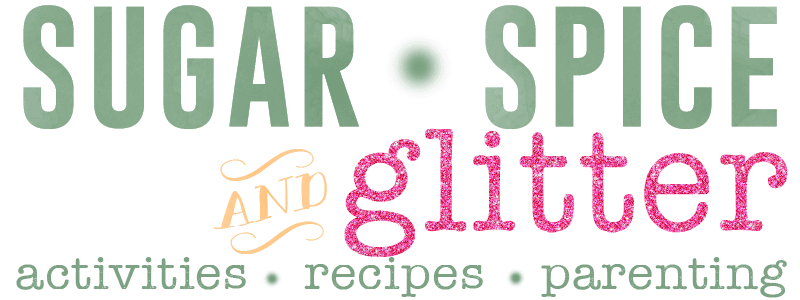
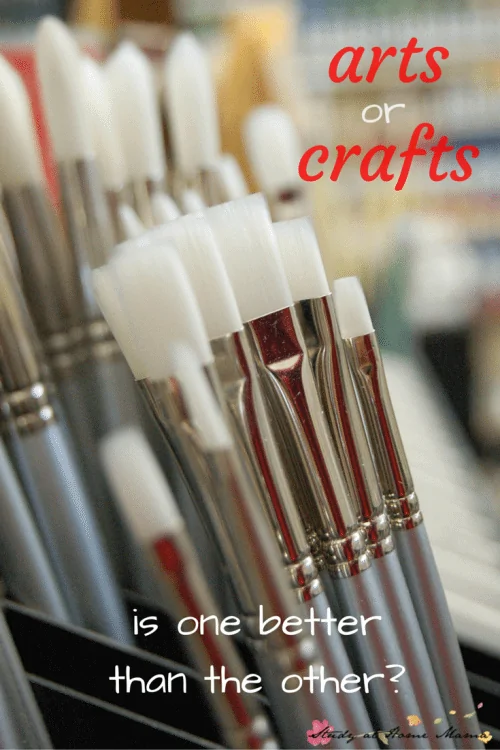
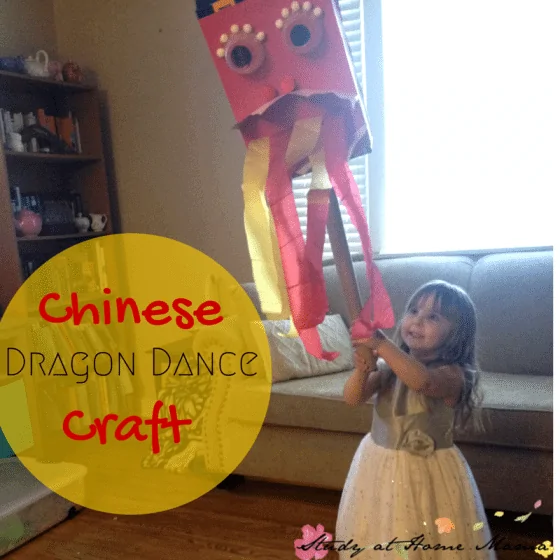
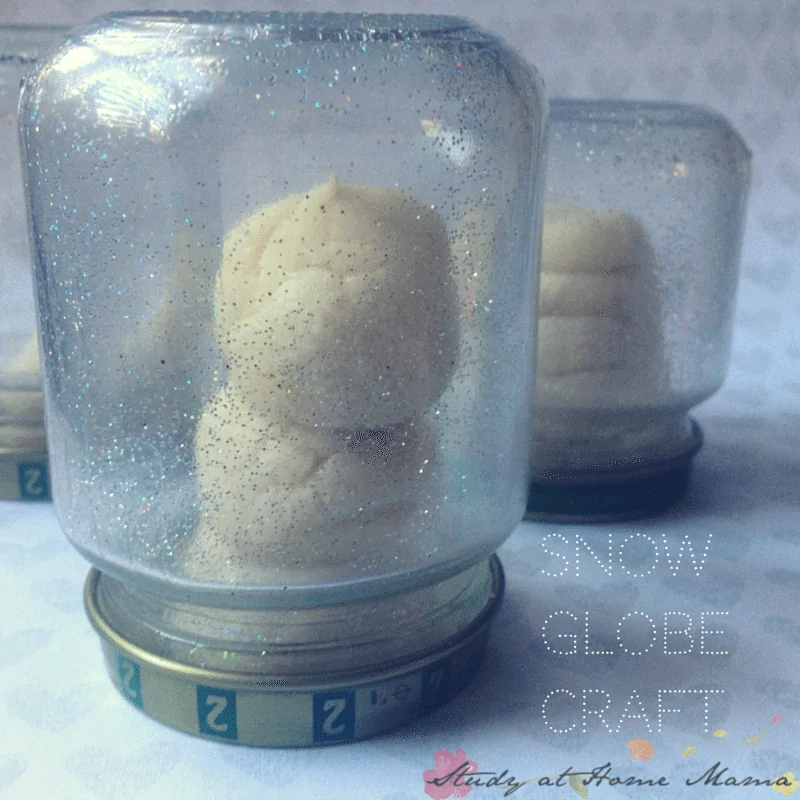
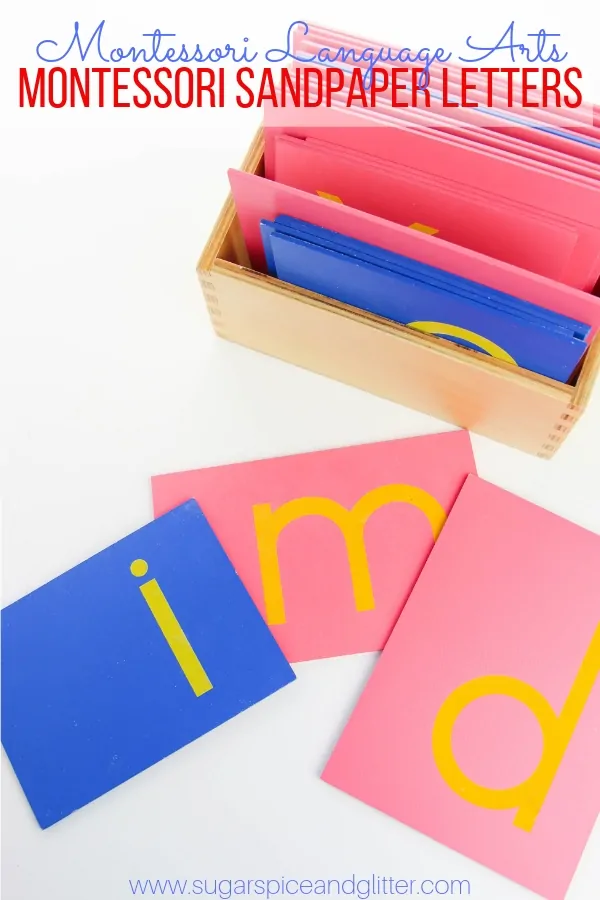
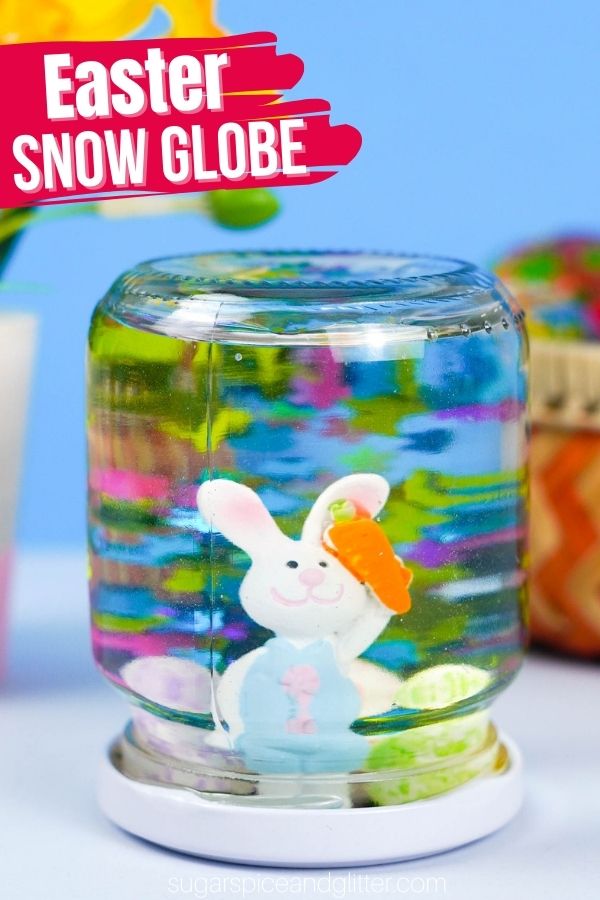
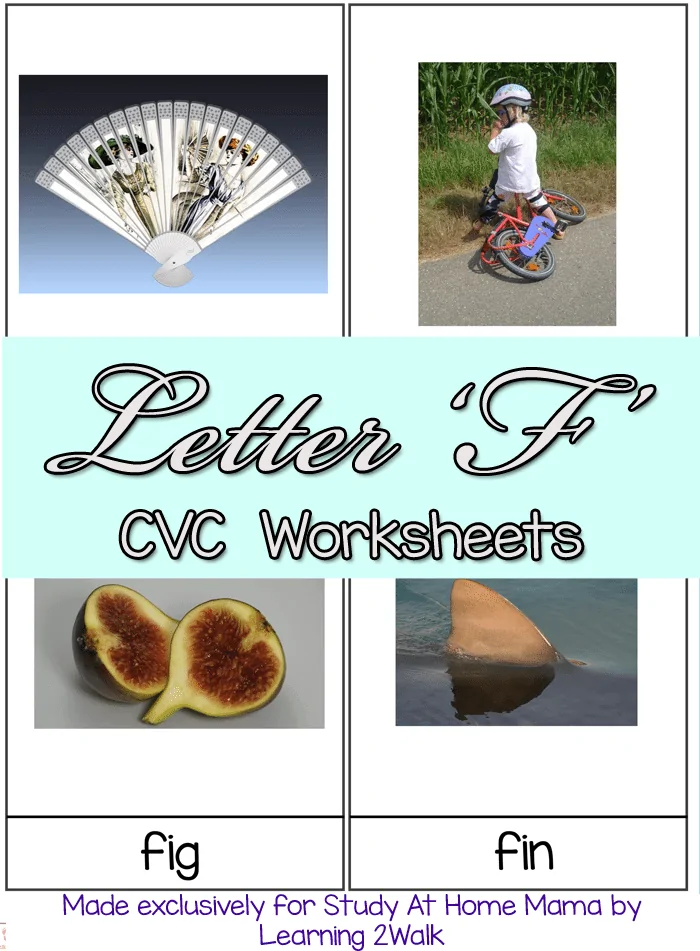
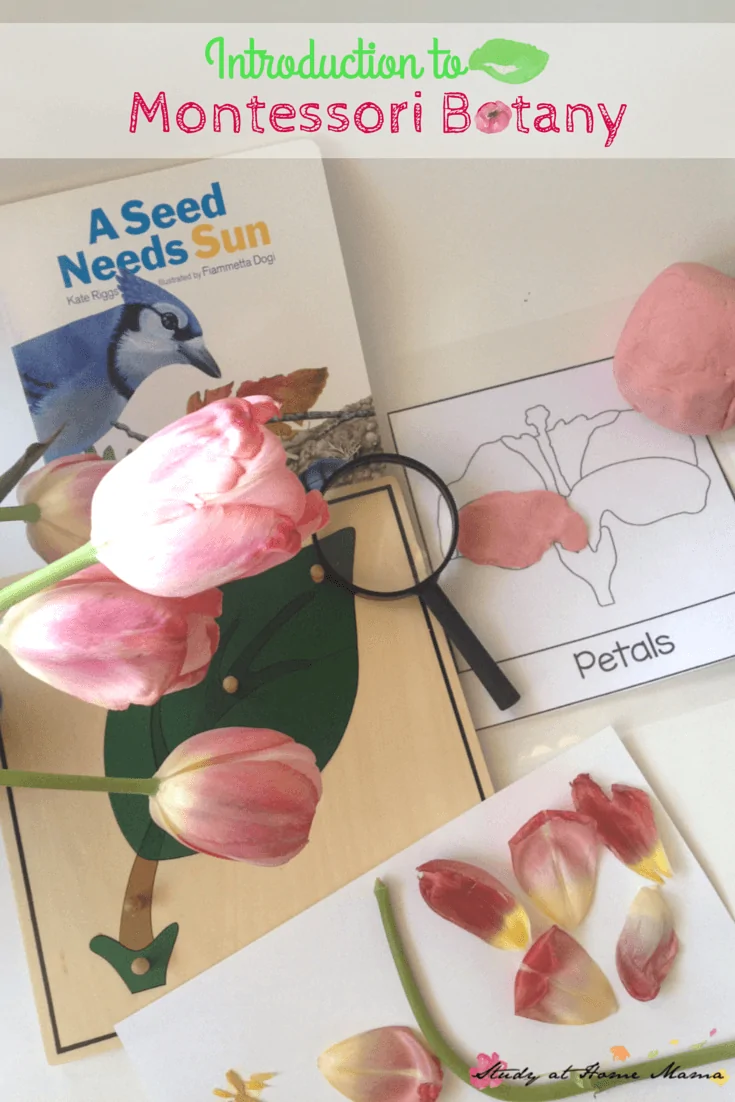
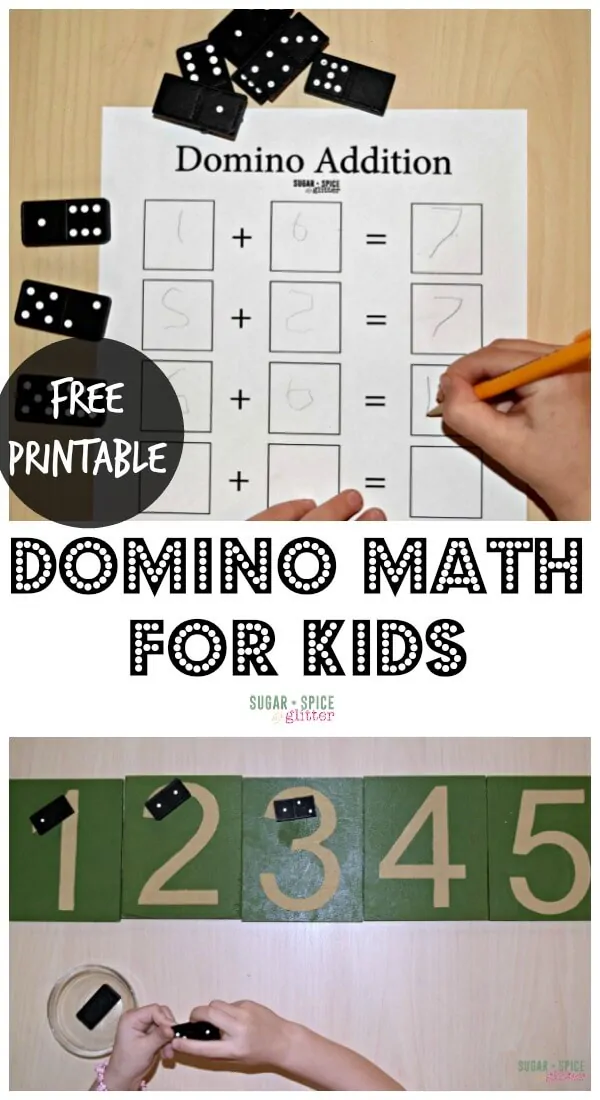
Nice Read! I liked the part where you said something may look interesting on pinterest but may turn out boring to actually do. Thats why I always walk the process in my mind before choosing an activity!
I usually explore arts and paints with my 3 y.o. and hardly ever do crafts since he has such a mind of his own! Even with paints if i tell him something , he ends up doing something completely different! so haven’t yet taken the crafts plunge yet, although all your points make complete sense!
swapna
@ThePracticalMomBlog.Blogspot.in
Thank you so much for your thoughtful comment 🙂
As an adult I both enjoy art and crafts. Why should I force my child(ren) to choose ? It’s silly. Baking is an art and it is “predetermined” as is singing – most all types of music, almost all performing arts… I’m confused by this argument of requiring a choice.
Hi KT,
I hope you took the time to read the article to see that my point was that we don’t need to choose one.
In many early childhood education circles — my blog focuses on Montessori and Reggio specifically — there is a negative viewpoint towards crafts, especially the cute “final product” crafts that can seem to overpopulate Pinterest. My post is about seeing where crafts can benefit us, and why we shouldn’t necessarily eschew all crafts.
My oldest, 8 yo, never gave me a problem with freedom in his arts/craft — he was far too stubborn and had a mind of his own! Whereas I am more of a stickler to want to see how I can recreate the picture perfect craft in Pinterest, he wants to do his own thing. I love all of the good points you raised about the benefits of doing crafts though — that makes an Asian mom like me remember not to just keep doing Language and Math with the kids 😛
Haha, I always look forward to your comments, Elaine 🙂
Great post!
Crafting is a huge part of our homeschool. We all love it and I have definitely witnessed all of the benefits that you mentioned in our own lives.
I do sometimes struggle with letting them be in control of the creative process since I can be quite the perfectionist. But that’s one of the other benefits of crafting…its an opportunity for growth for me! 😉
Absolutely- for me, I’m really attracting to the arts model so it’s been a stretch for me to allow and facilitate crafting because it seemed so against what I used to believe. Seeing how crafts have encouraged my daughter and allowed her to thrive in a creative routine have challenged what I thought I know.
I am wanting to learn more about the Montessori, Reggio, and Waldorf learning. I am an artist and teacher, and have always taught my students to create their own work, and not try to make things that look the “right” way.
I am a weaver, and have spent my entire career listening to the debate between art and craft. To me they are the same. Isn’t it just as possible for a child to want to copy a painting as copy a craft project?
This is a thoughtful article, thank you for writing it!
Thank you for your thoughtful comment, Lucy. I think the important point is there are many ways to interpret both traditions and implement their study and practice with children — it’s all about finding what actually works for the child, and not necessarily what works for the parent/teacher!